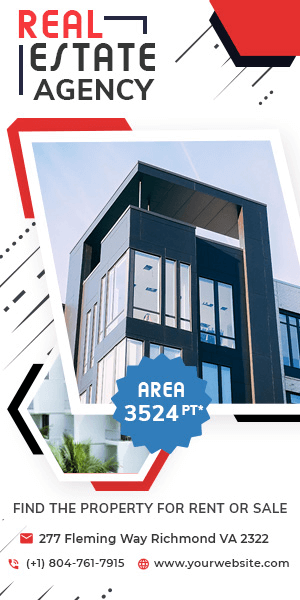Meta’s latest data center pilot in South Carolina is a first for the company—and for large-scale data facility construction in the United States. Instead of a steel and concrete structure, the main frame is being built with mass timber. According to Meta, switching to cross-laminated timber (CLT) for the structural system cuts embodied carbon by about 41% compared to a traditional build. Embodied carbon refers to the greenhouse gas emissions generated during the production and transport of building materials. In large industrial facilities, such as data centers, the majority of the waste comes from the steel and concrete used in framing. Meta’s approach replaces much of that with engineered wood panels sourced from responsibly managed forests, locking in carbon instead of releasing it.
What this pilot project entails
The new Meta mass timber data center in South Carolina is not just about lower emissions. Meta says prefabricated timber elements enable the framing to be installed faster, with panels delivered to the site ready for installation. This speeds up early construction phases and reduces the time heavy equipment is operating on-site, which can also cut localized emissions.
The building will still require some steel and concrete, particularly for foundations and mechanical areas, but Meta has targeted the timber structure for the majority of the occupied space. The company collaborated with architecture and engineering teams experienced in CLT to address load requirements, seismic resilience, and fire protection—all of which differ from those of a conventional steel frame.
The new Meta mass timber data center supports their broader goal of reaching net-zero emissions across its value chain by 2030. Data centers are central to its operations, and while their day-to-day energy use often gets the most attention, the materials used to build them can carry decades of carbon impact. By reducing that footprint at the start, Meta is tackling an overlooked source of emissions.
The South Carolina build will also serve as a testing ground for construction logistics. If the mass timber approach proves workable at scale, it could be replicated across future data center projects in North America and possibly internationally. That would represent a major shift for a building type that has historically relied on steel framing for speed and load-bearing capacity.
Meta hasn’t announced where mass timber might be used next, but the company’s sustainability team has signaled interest in expanding it beyond this pilot. The experience could open new opportunities for trades specializing in engineered wood products—from fabrication to installation—as demand for lower-carbon construction materials grows. For those in architecture, construction, and engineering, the project is a clear signal that large tech companies are looking for new ways to reduce their environmental footprint before a building is even powered on.
You can follow more developments in this space by subscribing to Under the Hard Hat’s newsletter—we’ll be tracking where mass timber goes next in the data center sector.



